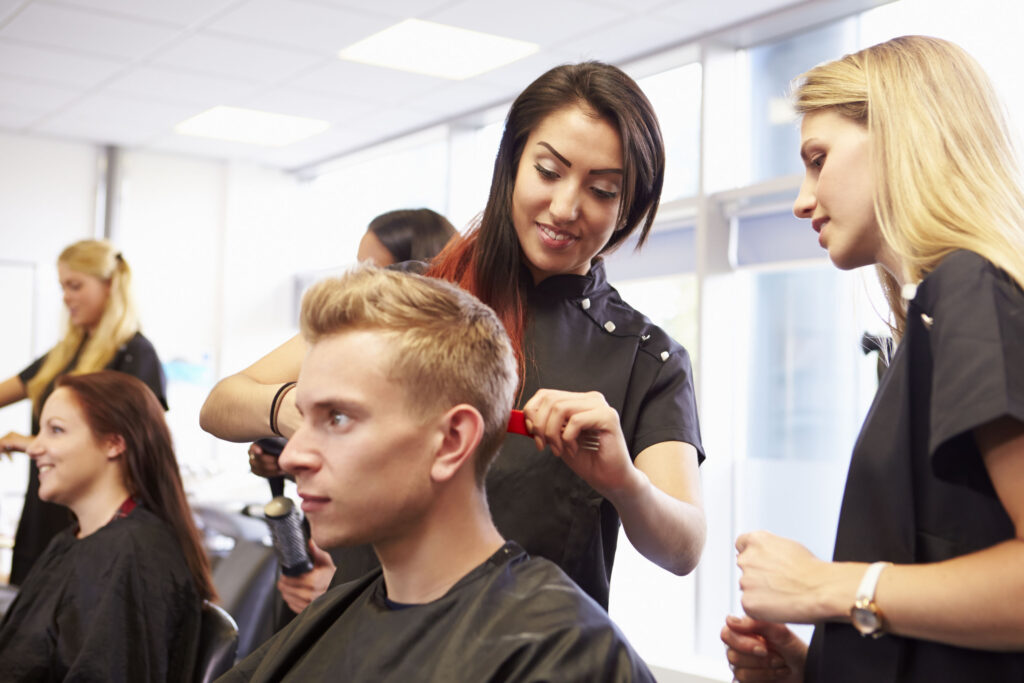The recent incident where students unbraiding their teacher’s hair led to their firing has sparked significant debate. This event has raised questions about school policies, disciplinary actions, and the boundaries of student-teacher interactions. In this article, we’ll delve into the details of the incident, explore its implications, and provide insights into the broader context of such disciplinary issues.
What Happened with the Students Unbraiding the Teacher’s Hair?
The controversy began when a group of students decided to unbraid their teacher’s hair as part of a prank or joke. While this act might seem harmless to some, it had serious consequences. The teacher in question was reportedly offended and felt that their personal space had been violated. As a result, the school administration decided to fire the students involved in the incident.
Why Were the Students Fired?
The decision to fire the students was based on several factors:
- Violation of Personal Boundaries: The act of unbraiding a teacher’s hair without permission was seen as a breach of personal boundaries.
- Disruption of School Environment: Such incidents can disrupt the learning environment and affect the overall atmosphere of the school.
- Need for Discipline: Schools have strict codes of conduct, and the administration may have deemed this action severe enough to warrant termination.
The Implications of Firing Students for Such Incidents
The firing of students over an incident like unbraiding a teacher’s hair has various implications. Here’s a closer look at some of them:
Impact on Students
The immediate impact on the students includes:
- Emotional Distress: Being fired from school can be emotionally distressing for students. It can affect their self-esteem and mental health.
- Educational Setback: The firing may lead to interruptions in their education, which can have long-term effects on their academic progress.
Impact on the Teacher
The teacher’s reaction and the subsequent decision to fire the students can also have several impacts:
- Professional Reputation: The teacher’s decision to involve the administration might affect their reputation and how they are perceived by students and parents.
- Work Environment: The incident might impact the teacher’s work environment and their relationship with students and colleagues.
Impact on the School
For the school, the firing of students can have broader consequences:
- Policy Reassessment: The incident may lead the school to reassess and possibly revise its policies regarding student conduct and disciplinary actions.
- Public Perception: Such incidents can affect the school’s public image and how it is perceived by the community and prospective students.
The Broader Context of Student-Teacher Interactions
To better understand the situation, it’s helpful to explore the broader context of student-teacher interactions and disciplinary actions:
School Policies and Codes of Conduct
Schools typically have detailed codes of conduct that outline acceptable and unacceptable behaviors. These policies are designed to ensure a respectful and safe environment for both students and staff. Actions that violate these codes, such as unbraiding a teacher’s hair without permission, can lead to disciplinary measures.
Student Discipline and Its Challenges
Disciplinary actions in schools are often a complex issue. Schools must balance maintaining order with providing fair and just consequences. Disciplinary actions, including firing or suspending students, should consider the severity of the offense, the intent behind it, and its impact on the school community.
The Role of Personal Boundaries
Personal boundaries are crucial in maintaining respectful and professional relationships. Students need to understand and respect the personal space of their teachers and peers. Schools often address these issues through education and policies to foster a culture of respect and understanding.
Alternatives to Firing Students
While firing students might be one approach, there are alternative methods for addressing such incidents that can be more constructive:
Counseling and Mediation
Counseling and mediation can help address underlying issues and resolve conflicts. This approach allows students to understand the impact of their actions and work towards reconciliation.
Educational Workshops
Workshops on respect, personal boundaries, and appropriate behavior can educate students about acceptable conduct. These programs can help prevent similar incidents in the future.
Restorative Justice
Restorative justice focuses on repairing harm and restoring relationships. It involves discussions between the affected parties and aims to find a resolution that acknowledges the impact of the behavior and promotes healing.
Legal and Ethical Considerations
The legal and ethical dimensions of firing students over such incidents also play a significant role:
Legal Rights of Students
Students have certain legal rights, including due process in disciplinary actions. Schools must ensure that any actions taken, such as firing, comply with legal requirements and respect students’ rights.
Ethical Implications
Ethically, schools must consider whether the disciplinary action is proportional to the offense. The goal should be to address the behavior constructively while considering the long-term impact on the student’s future.

Conclusion
The incident involving students unbraiding their teacher’s hair and the subsequent firing of those students highlights the complexities of school discipline and student-teacher interactions. While the act of unbraiding a teacher’s hair without permission was clearly a breach of personal boundaries, the decision to fire the students raises questions about fairness and the effectiveness of such measures.
In navigating these issues, schools must carefully consider the implications for all parties involved—students, teachers, and the school community. Exploring alternative disciplinary methods, understanding the broader context, and addressing the legal and ethical aspects are crucial in fostering a respectful and supportive educational environment.



